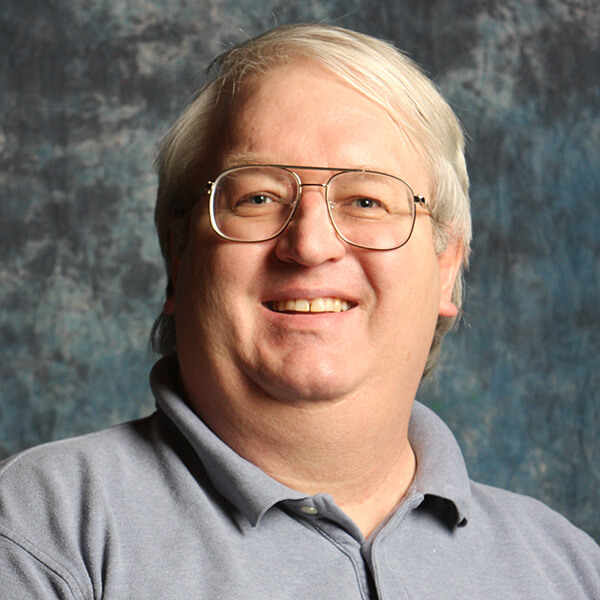The 2003 Drum Corps International Tour culminated in Orlando, where the Blue Devils won its 11th DCI title with “The Phenomenon of Cool.” Just two weeks earlier in Indianapolis, the Devils had snapped the Cavaliers’ 64-show winning streak that started back in August of 2001.
The year before drum corps returned to the Florida Citrus Bowl, fans were elated when Magic of Orlando returned to competition after two years of inactivity, winning the Open Class (then Division II) Championship title and proceeding on to place 11th in the World Class (then Division I) Finals.
The corps duplicated that result in 2003 with “Silver Voices,” largely based on the music of David Holsinger, an extremely prolific award-winning composer for concert band who presently teaches at Lee University in Tennessee. His works have appeared in the repertoires of many corps in each of Drum Corps International’s competitive classes.

The show opened with a fanfare of “Sinfonia Voci,” one of two wind works commissioned for the dedication of the new Plainfield High School in Plainfield, Illinois in the spring of 1993, about 30 miles southwest of Chicago. In the afternoon of August of 1990, one day prior to the scheduled start of the school year, a devastating tornado ripped through the town, killing 29 people and thoroughly destroying the old Plainfield High School building.
Holsinger wrote the piece for band and massed chorus, though it can be played by band alone. Holsinger centered his work on a 1784 hymn that was based on 1715 lyrics by Isaac Watts, “I Sing the Mighty Power of God,” inspired to use the tune to express the recovery from the tornado due to the following lyrics of the third and final verse: “And clouds arise, and tempests blow...” While the lyrics addressed the tragedy that befell the community, the text also included the comforting thought, “While all that borrows life from Thee is ever in Thy care.”
Magic of Orlando’s show started with snare drummers playing individual tone chimes which are small cylindrical pieces of metal tuned to specific pitches and mounted upon handheld pieces of wood with resonating chambers. Several members of the color guard held two rectangular pieces of reflective mirrors that sparkled under the lights.

Next the corps transitioned to Holsinger’s energetic “Abram’s Pursuit,” inspired by the dramatic biblical story of Abram, the Father of the Jewish nation who was later known as Abraham. Abram bravely went into battle against a much larger army to save his kidnapped son-in-law, Lot, plus many others.
Throughout this piece, much of it played to the backfield, drill formations evolved out of individuals who had broken away from their drill form, only to be welcomed and re-absorbed by the rest of the corps. It was as if the captives from the Biblical story were welcomed back by their rejoicing brethen.
Leonard Bernstein’s “Sanctus” from “Mass” focused on the interplay of small ensemble choirs and soloists, just as was seen in the choreography for Bernstein’s 1971 “theatre piece for singers, players and dancers” that was commissioned by Jacqueline Kennedy for the opening dedication of the John F. Kennedy Center for the Performing Arts in Washington, DC. “Mass” was somewhat controversial in its day. In fact, the FBI warned the Nixon White House that the piece might contain coded anti-Vietnam War messages that were intended to embarrass the government, which led to President Nixon’s absence at the dedication of the venue.

Magic of Orlando started the work with a front ensemble feature, then focused on the brass section playing mostly in a restrained fashion, ready to bubble over at any moment. The musical restraint and focus on musical sensitivity exhibited by corps members made a final blast of the horns and the loud and sustained metallic tinkling in the front ensemble all the more jarring.
“Sanctus” segued into a short reprise of the main theme from “Sinfonia Voci,” followed by a dynamic snippet from the ending of “Symphonia Resurrectus,” the third and final movement of Holsinger’s epic “Easter Symphony.” A company front quickly dissolved as soon as it started to push forward, finishing in a continuous squiggle wave formation.
2003 DCI World Championship Finals awards ceremony

Michael Boo was a member of the Cavaliers from 1975-1977. He wrote about the drum corps activity for more than 35 years while serving as a staff writer for various Drum Corps International projects. During his lifetime Boo wrote for numerous other publications including an honors-winning book on the history of figure skating. He also was an accomplished composer. Boo passed away in 2020 and was inducted into the DCI Hall of Fame posthumously in 2021.


